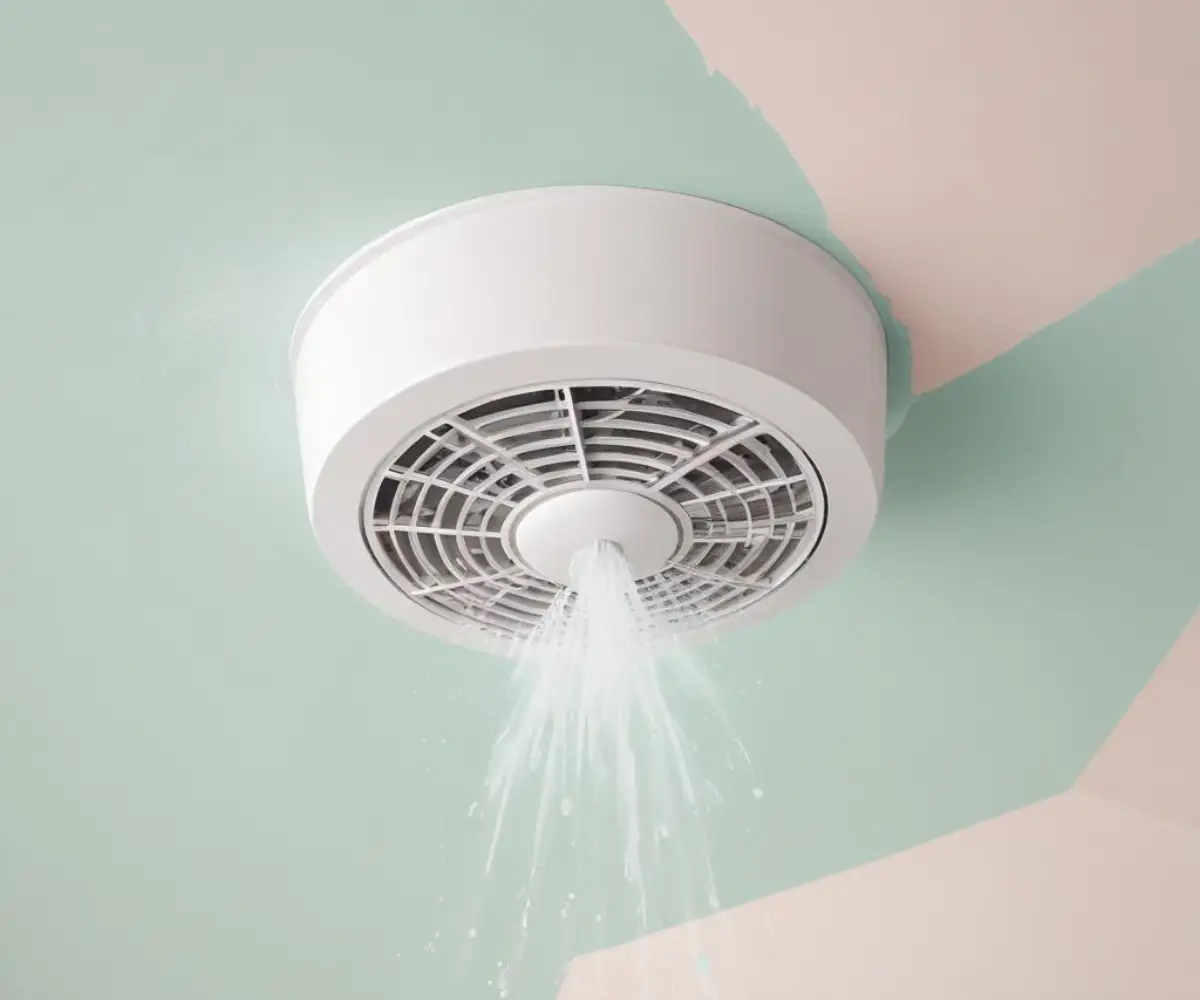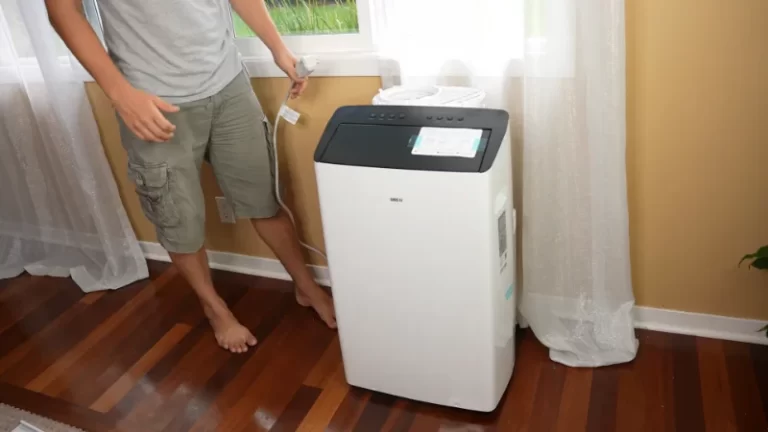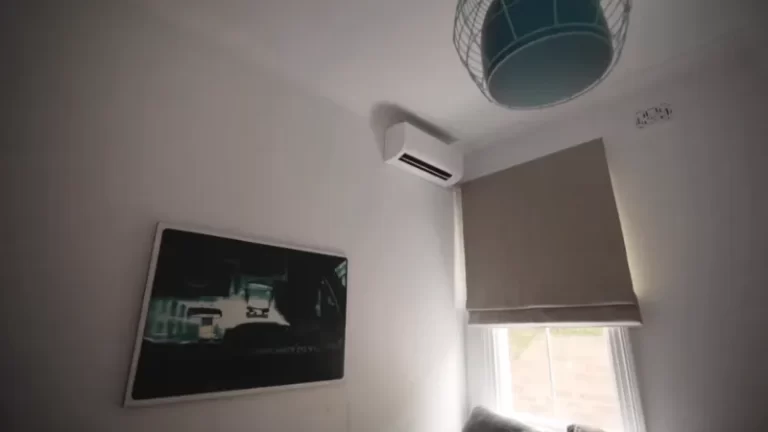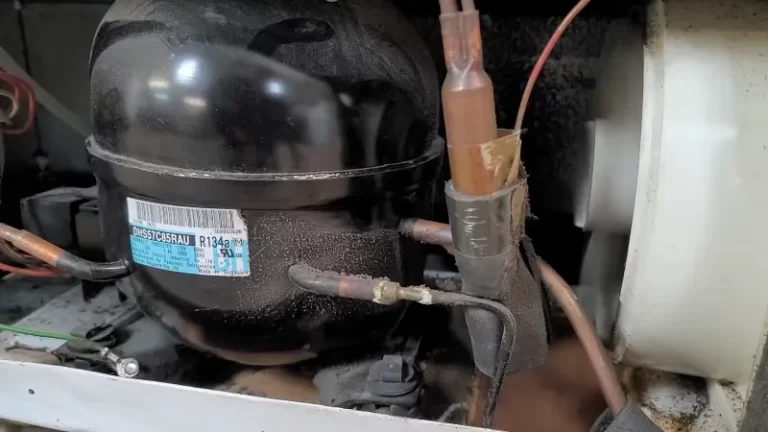That Dripping Noise From Your Bathroom Fan Isn’t Normal: Here’s the Fix
That persistent, rhythmic dripping noise from your bathroom exhaust fan is more than just an annoyance. It’s a warning sign that something is wrong, a symptom of a problem that can lead to water damage, mold growth, and costly repairs if ignored.
Understanding the source of the drip is the first step toward a permanent solution. This guide will walk you through the causes, diagnosis, and fixes to restore peace and quiet to your bathroom and protect your home from hidden moisture damage.
You'll Learn About
Why Is Your Bathroom Exhaust Fan Dripping? Uncovering the Real Culprits
Water always follows the path of least resistance, and the opening for your exhaust fan is often the lowest point in that section of the ceiling. This makes it the unfortunate exit point for water from several potential sources. Identifying the correct cause is crucial for applying the right fix.
The Most Common Cause: Condensation Buildup
The primary job of your bathroom fan is to vent warm, moist air to the outside. When this humid air travels through a duct in a cold attic or crawlspace, condensation occurs—the same way water droplets form on a cold glass on a summer day. This is the most frequent reason for a dripping fan.
Several factors contribute to excessive condensation. Improperly insulated ductwork allows the duct’s surface to get cold, creating the perfect environment for moisture to form. Additionally, if the duct doesn’t have a slight, continuous downward slope to the exterior vent, any condensation that does form can pool in low spots and eventually drip back down into the fan housing.
The More Serious Issue: A Roof or Plumbing Leak
If the dripping occurs or worsens during and after rainfall, the culprit is likely a roof leak. Water can penetrate compromised shingles, flashing, or vent seals on the roof. From there, it can travel along roof rafters and ceiling joists before finding its way to your fan assembly.
A leak from plumbing pipes in the attic or the floor above can also manifest as a drip from the fan. This type of leak is often more consistent than a rain-related one. Left unaddressed, this water can saturate insulation and drywall, potentially leading to a sagging ceiling that is dangerous and requires immediate professional attention.
Improper Fan Installation & Ductwork Problems
The way your fan system was installed plays a massive role in its performance and susceptibility to dripping. A shocking number of fans are installed incorrectly, with ducts venting directly into the attic space instead of outside. This dumps all the moisture from your bathroom into the attic, where it can condense and lead to widespread mold and wood rot.
Even if vented outside, ducts that are excessively long, have sharp bends, or are crushed can restrict airflow. Poor airflow means moisture isn’t expelled quickly enough, giving it more time to condense and pool within the ductwork.

The Surprising Factor: Atmospheric Conditions
Sometimes, a dripping fan can appear suddenly after a sharp change in weather. A rapid temperature drop can cause significant condensation to form inside a duct that was previously performing fine. This is especially true in homes where the attic temperature fluctuates dramatically, leading to a sudden and unexpected drip.
Your Step-by-Step Guide to Diagnosing the Drip
Before you can apply a solution, you need to be a detective. Pinpointing the exact cause of the drip will save you time, money, and frustration. Follow these logical steps to narrow down the possibilities.
Step 1: Correlate the Drip with Weather
This is the simplest yet most effective first step. Keep a close watch on the fan. Does it only drip when it rains or when snow is melting on the roof?
If the answer is yes, you almost certainly have a roof leak. The issue is with the weather barrier of your home, not the fan’s function. In this case, your next call should be to a qualified roofer to inspect the roof vent, flashing, and surrounding shingles.
Step 2: A Visual Inspection in the Attic
If you can safely access your attic, a quick inspection can reveal a wealth of information. Always prioritize safety: walk only on sturdy joists, use a good flashlight, and wear a dust mask. Look for these key indicators:
- No Insulation on the Duct: A bare, uninsulated duct running through a cold attic is a prime suspect for condensation.
- Frost on the Duct: In colder climates, you may see frost or ice on the exterior of the ductwork, a sure sign it’s getting cold enough to cause condensation inside.
- Duct Terminating in the Attic: Check where the duct ends. If it’s not connected to a vent on the roof or a side wall, you’ve found a major installation flaw.
- Water Stains: Look for dark stains on the roof sheathing, rafters, or insulation around the fan area, which points to a roof leak.
Step 3: Check the Damper Flap
Your exhaust fan has a small damper, which is a flap designed to open when the fan is on and close when it’s off to prevent backdrafts. Sometimes this flap can get stuck open due to debris or malfunction. A stuck-open damper allows cold air from outside to flow into the duct, chilling it and promoting condensation when warm bathroom air hits it.
| Symptom | Likely Cause | Next Step |
|---|---|---|
| Dripping only occurs during or after rain. | Roof Leak | Contact a professional roofer for inspection. |
| Dripping occurs after a hot shower, regardless of weather. | Condensation | Inspect attic for duct insulation and proper slope. |
| Water stains are visible on the ceiling around the fan. | Roof Leak or Severe Condensation | Perform an attic inspection immediately. |
| A “clicking” or “flapping” noise accompanies the drip, especially on windy days. | Stuck or Faulty Damper | Inspect the fan’s damper flap for movement and debris. |
How to Fix a Dripping Bathroom Exhaust Fan for Good
Once you’ve diagnosed the problem, you can move forward with the correct solution. Some of these fixes are simple DIY projects, while others, particularly those involving roofing, are best left to professionals.
Solution 1: Insulating the Exhaust Duct
If condensation is the culprit, insulating the duct is the most effective solution. You can purchase insulated flexible ducting to replace an uninsulated one. Alternatively, you can wrap your existing rigid or flexible duct with insulation sleeves or fiberglass duct wrap (R-6 or higher is recommended).
Ensure the entire length of the duct, from the fan housing to the exterior vent, is covered. Seal all seams and joints with foil tape to create a continuous thermal barrier. This keeps the duct’s interior surface warm, preventing moist air from condensing.
Solution 2: Correcting the Duct Run and Slope
While you’re in the attic, examine the path of the duct. It should be as short and straight as possible. Eliminate any unnecessary bends or kinks that can trap moisture and restrict airflow.
Most importantly, ensure the duct runs at a slight downward angle from the fan to the exterior wall or roof cap. This allows any condensation that might still form to drain harmlessly outside rather than back into your bathroom.
Solution 3: Sealing Air Leaks and Upgrading the Fan
Air leaks around the fan housing itself can allow cold attic air to come into contact with the warm housing, causing condensation. Use caulk or spray foam to seal any gaps between the fan’s housing and the ceiling drywall. This simple step can make a surprising difference.
If your fan is old, it might not be powerful enough to adequately ventilate your bathroom, leading to higher humidity levels. Consider upgrading to a modern, energy-efficient model with a higher CFM (cubic feet per minute) rating suitable for your bathroom’s size.
Proactive Measures: Preventing Future Drips and Damage
Stopping the current drip is only half the battle. Implementing good habits and preventative maintenance can keep your bathroom dry and healthy for years to come. Proper moisture management can also help prevent other common bathroom issues, such as a rusted mirror caused by persistent high humidity.
Run Your Fan Longer
One of the most common mistakes is turning the exhaust fan off immediately after showering. The air in the bathroom might feel clear, but the ductwork is still full of warm, moist air. Let the fan run for at least 20-30 minutes after you finish your shower to ensure all humidity is cleared from the duct.
Consider a Fan with a Timer or Humidity Sensor
To make post-shower ventilation automatic, install a fan with a countdown timer switch. This allows you to set the fan to run for a predetermined time and then shut off automatically. An even better solution is a modern fan with a built-in humidity sensor that automatically turns on when moisture levels rise and off when the air is dry.
Regular Maintenance and Inspection
At least twice a year, clean the fan grille, as dust and debris can impede airflow. While you’re there, check the exterior vent cap to ensure it’s not blocked by leaves, nests, or snow. A clear path for air to exit is critical for efficient operation.
A Quiet, Dry Bathroom is a Healthy Bathroom
That dripping sound from your exhaust fan is a clear signal that your home’s ventilation and moisture management system needs attention. By systematically diagnosing the cause—whether it’s simple condensation, a hidden roof leak, or an installation flaw—you can apply the correct fix and prevent long-term damage.
Taking care of your home’s systems is an investment in its health and longevity. Just as choosing quality fixtures, like those in our Kraus vs. Kohler comparison, impacts your kitchen’s functionality, ensuring proper bathroom ventilation is crucial for a healthy living environment. Addressing the problem now will not only stop the annoying drip but also protect your home from the silent threat of moisture damage.



